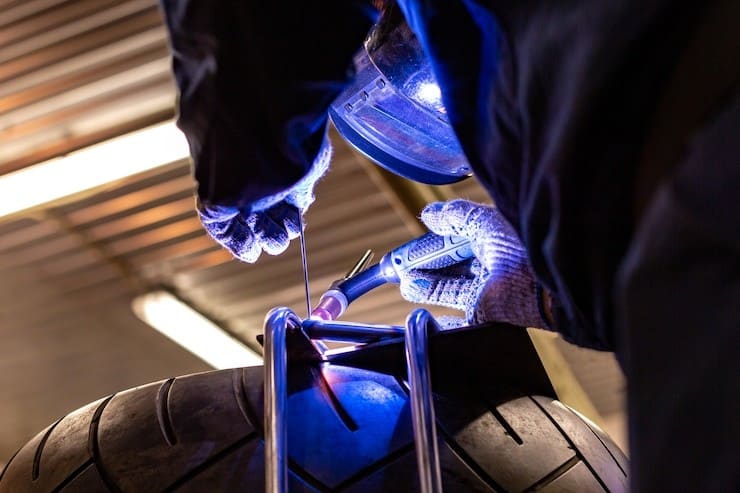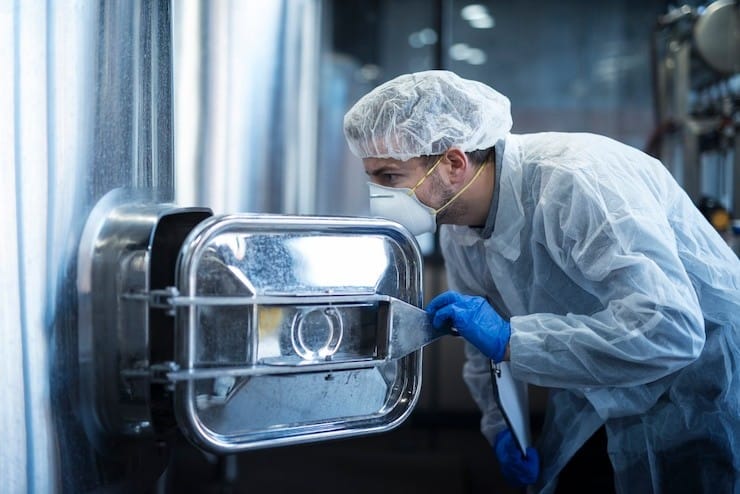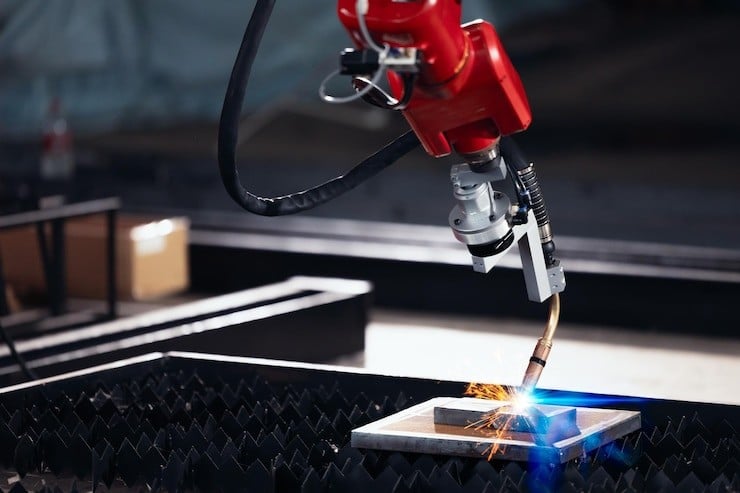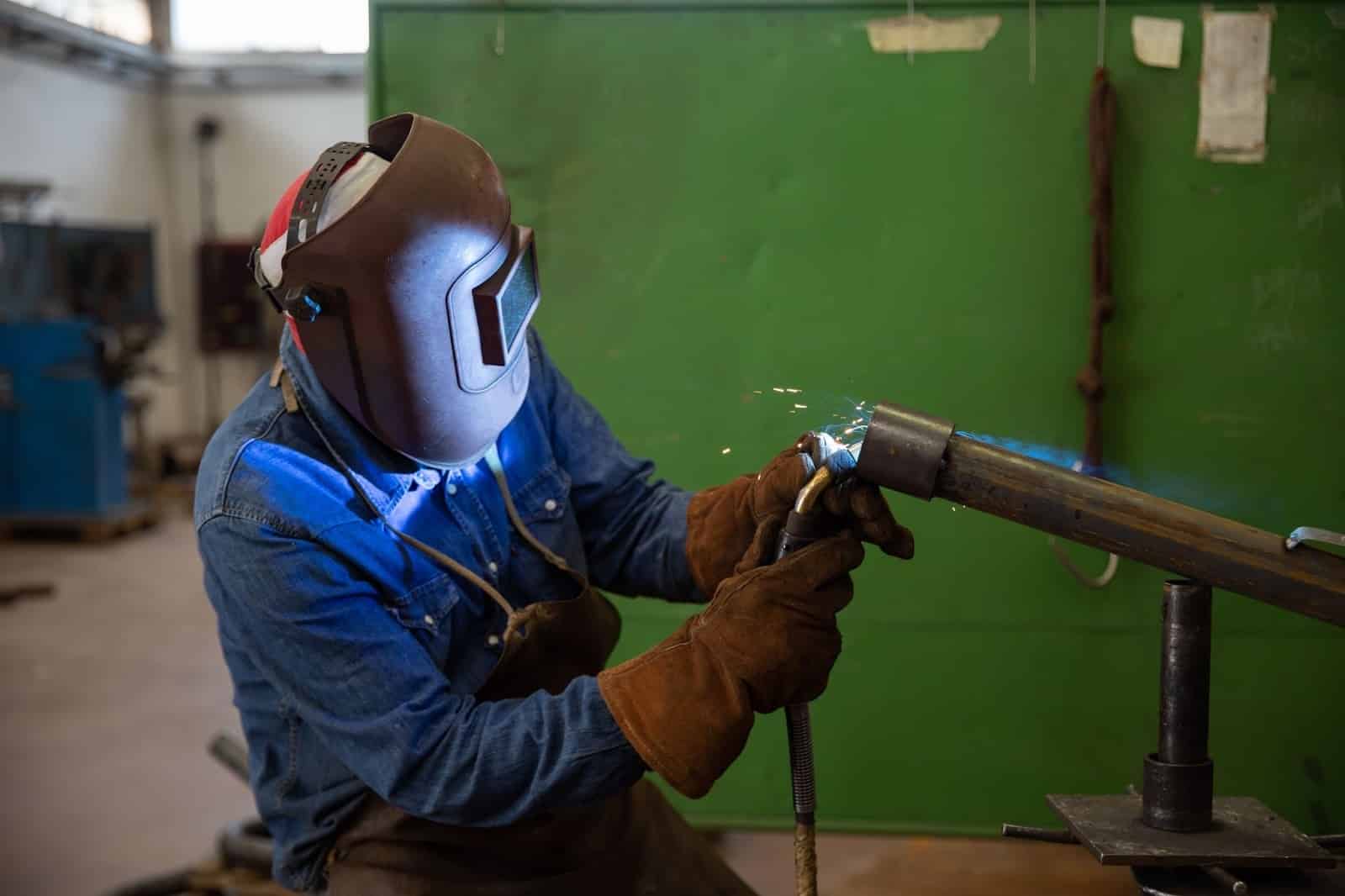Pharmaceutical manufacturing demands nothing short of perfection. When lives depend on the purity and safety of medical products, every component of the production process requires meticulous attention to detail.
Among the most critical yet often overlooked aspects of pharmaceutical manufacturing is the specialized field of pharmaceutical welding.
Unlike conventional welding applications, pharmaceutical welding operates within a realm where contamination means failure, where microscopic imperfections can compromise entire batches, and where regulatory compliance isn’t just preferred, it’s mandatory.
This specialized discipline bridges the gap between metallurgical science and medical safety, creating the sterile pathways through which life-saving medications flow.
What Is Pharmaceutical Welding?

Pharmaceutical welding refers to the precise joining of metal components, usually stainless steel, within pharmaceutical manufacturing environments. The systems created through this welding process transport water, steam, gases, and chemical ingredients used in the production of medications.
Any fault, contamination, or weak weld joint could compromise an entire batch, potentially risking patient safety and leading to regulatory penalties.
That’s why this specialized form of welding must deliver smooth, clean, and corrosion-resistant welds with minimal surface imperfections.
The most common types of welds used in pharmaceutical settings include:
- Orbital welding for piping and tubing.
- TIG (Tungsten Inert Gas) welding machines for manual processes.
- Seam welding for tanks and enclosures.
These methods provide high levels of precision, repeatability, and surface finish, which are critical in cleanroom and sterile manufacturing areas.
Why Welding Standards Matter in Pharma

When it comes to pharmaceutical production, welding isn’t just about creating a strong joint. It’s about creating a contamination-free and inspectable joint. Welded seams must withstand rigorous inspections and comply with strict regulations.
Key goals of pharmaceutical welding include:
- Creating crevice-free joints that prevent microbial growth.
- Ensuring internal smoothness for clean-in-place (CIP) systems.
- Preventing oxidation and contamination.
- Maintaining traceability of welders, materials, and procedures.
This is where pharmaceutical welding standards come in.
Pharmaceutical Welding Standards: The Pillars of Compliance
Several international and industry-specific standards guide pharma-grade welding. These aren’t just technical checklists, but critical protocols that protect public health.
1. ASME BPE (BioProcessing Equipment)
Arguably the most referenced document in pharmaceutical welding, the ASME BPE standard outlines the design, materials, fabrication, and inspection of bioprocessing equipment. Weld acceptance criteria in this standard are extremely strict.
It includes requirements like:
- Orbital weld bead width and profile.
- Discoloration limits.
- Internal smoothness (typically 20 µ-in Ra or less).
- Documentation and traceability.
2. ISO 3834
This international standard addresses quality requirements for fusion welding of metallic materials. While not pharma-specific, it’s often required when welding stainless steel in clean environments.
3. AWS D18.1
The American Welding Society’s guideline for welding in sanitary applications, AWS D18.1 focuses on equipment used in food and drug processing. It provides direction on welder qualifications, weld joint preparation, and acceptance criteria.
Each of these standards serves as a blueprint for creating sanitary, strong, and documented welds in a controlled setting.
Challenges in Pharmaceutical Welding
Pharma-grade welding is not easy. It requires attention to detail, skill, and the right tools.
Some common challenges include:
- Discoloration and oxidation: Weld discoloration can indicate overheating or contamination, both of which can compromise cleanability.
- Lack of penetration: Incomplete fusion can trap contaminants.
- Surface roughness: Rough weld interiors can harbor bacteria and disrupt flow.
- Poor alignment or distortion: Misalignment can lead to flow resistance, dead legs, or cleaning difficulties.
Skilled welders are essential, but even the best professionals can’t deliver without reliable tools. This is why selecting high-quality welding equipment like those offered at YesWelder wholesale can make a measurable difference in the final output.
Inspection & Validation
No pharmaceutical weld is accepted without documentation and validation. Welds undergo both visual and non-destructive testing (NDT) to verify integrity.
Inspection methods include:
- Borescope examination: To check internal weld smoothness.
- X-ray or radiographic testing: For critical welds where failure isn’t an option.
- Dye penetrant testing: To identify cracks or porosity.
- Weld mapping: Ensuring each weld is logged with date, welder, and conditions.
Pharmaceutical companies often maintain weld logs, photo documentation, and validation reports that are submitted during regulatory audits.
The Role of Cleanroom Environments

Welding inside or for cleanroom environments comes with extra responsibilities. Not only must the welds be contaminant-free, but the entire welding process must avoid introducing particulates or residues.
Orbital welding machines are often preferred because they are enclosed, automatic, and reduce human error. Welds done for cleanrooms must:
- Have zero spatter.
- Be fully purged with inert gas (usually argon).
- Show minimal discoloration on both internal and external surfaces.
The resulting system must be free-draining, inspectable, and able to withstand repeated sterilization cycles.
Materials Commonly Used in Pharma-Grade Welding
The most commonly used material is 316L stainless steel, prized for its corrosion resistance and cleanability. Its low carbon content reduces the risk of sensitization and pitting during welding.
Other materials include:
- Hastelloy for aggressive chemical applications.
- Titanium for specific drug contact surfaces.
- Duplex stainless steel where higher strength is required.
Each material behaves differently under heat, which is why welder training and standard operating procedures are so important.
Automation & Documentation in Modern Pharma Welding

Welding in pharmaceutical plants is increasingly automated. Machines not only perform the weld but record every detail of the process, from temperature and arc time to gas flow rates.
This data becomes part of the batch record, helping companies meet FDA and EMA requirements. It also boosts reproducibility, a key concept in pharma manufacturing.
Training & Certification for Welders
Only certified welders with documented training are allowed to perform pharmaceutical welding. Certifications often require:
- Completion of accredited courses.
- Passing written and practical exams.
- Demonstration of clean welding techniques.
Organizations like ASME, AWS, and TÜV provide these certifications. Welders are often tested for orbital and TIG welding competencies separately. Learn more about types of welding certifications here.
Building Excellence in Pharmaceutical Manufacturing
Pharmaceutical welding represents a specialized discipline that demands expertise, precision, and unwavering attention to detail. The standards and practices that govern this field exist to protect public health by ensuring that the systems used to manufacture life-saving medications meet the highest standards of safety and reliability.
Success in pharmaceutical welding requires more than technical skill, it demands an understanding of the regulatory environment, a commitment to continuous improvement, and recognition that every weld contributes to the safety and efficacy of pharmaceutical products.
As the pharmaceutical industry continues to grow and evolve, the importance of high-quality welding will only increase.
The future of pharmaceutical manufacturing depends on the continued advancement of welding technology and standards.
By embracing new technologies while maintaining strict adherence to proven practices, the industry can continue to produce the safe, effective medications that improve and save lives around the world.
The precision required for pharmaceutical welding may seem daunting, but it serves a noble purpose: ensuring that every patient receives medications manufactured to the highest possible standards.
Related Articles
Heavy-Duty Welding Machines for Industrial Use



